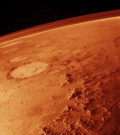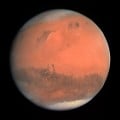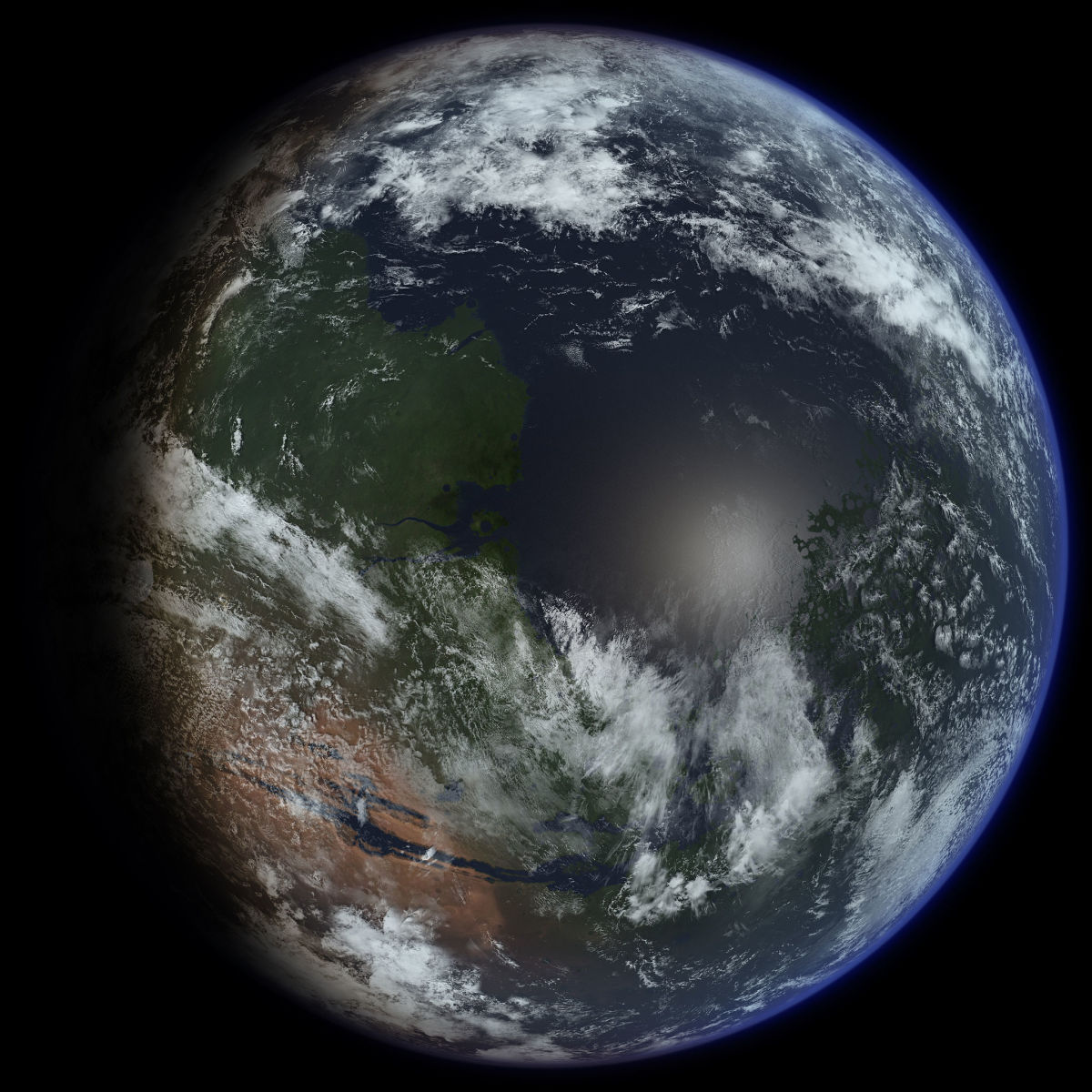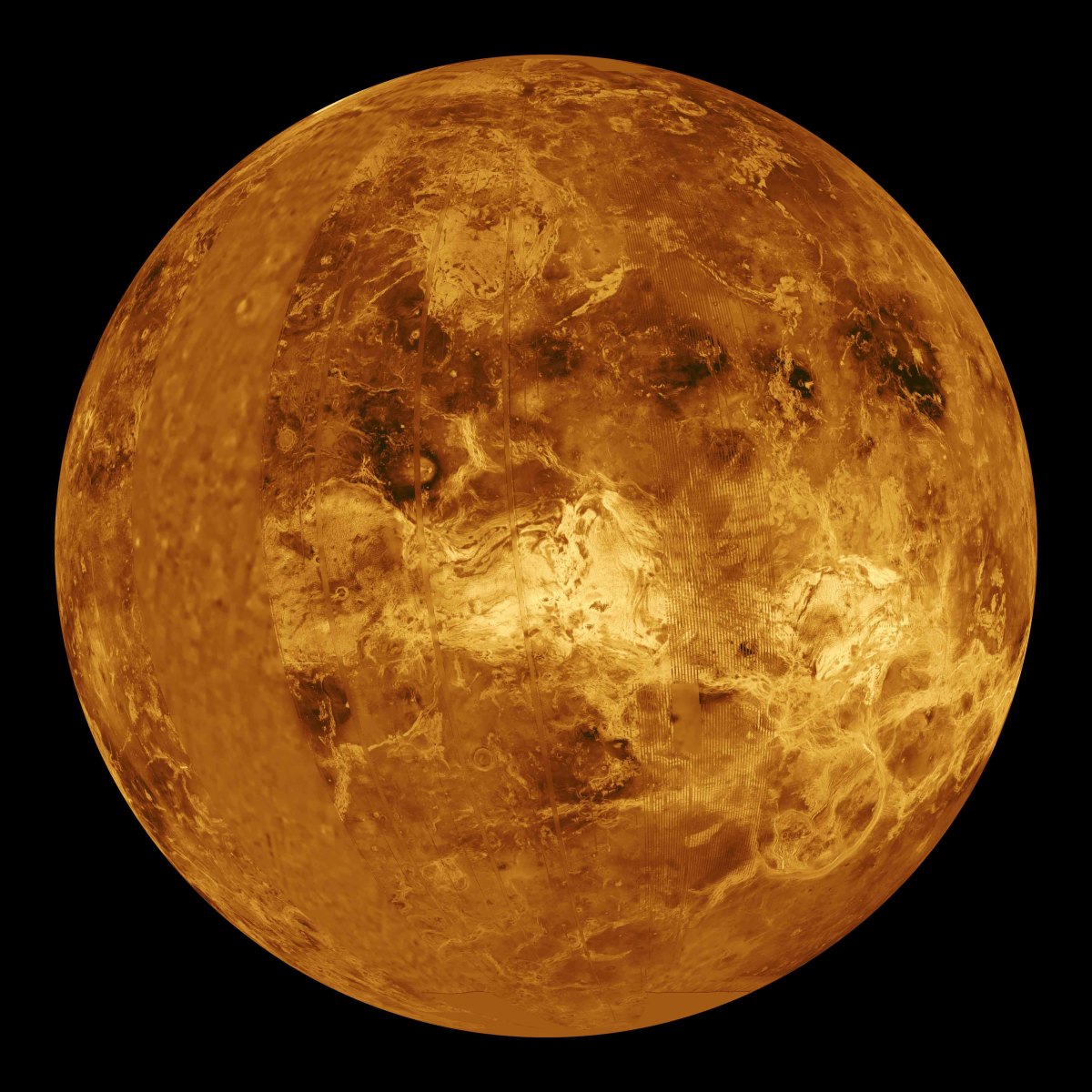Facts About Mars

Mars is known by many as the "Red Planet" and was known to the Greeks and Romans as "the Bringer of War", but what do we know about Mars Today? Here's a brief overview of what is currently known.
Discovery:
Though not as bright as Venus, Mars can be seen from Earth with the naked eye. Owing to this brightness, it has been known since ancient times and so no one is really sure who first discovered Mars.
Mars shares its name with the Roman god of war. The equivalent god in Greek mythology is Ares. Ares was often joined on the battlefield by two lesser divinities, who were said to be his sons, named Phobos ("Fear") and Deimos ("Terror"). Since they were discovered in 1877 by Asaph Hall they have also been known as the twin moons of Mars. Like many smaller moons in the solar system, the moons of Mars are believed to be captured asteroids.
Olympus Mons, 1998

Physical characteristics:
Mars is the 7th largest planet in our solar system. To put this in perspective, Earth is the 5th largest and only Mercury is smaller than Mars (Since Pluto is no longer classified a planet as of 2006). Though similar to Earth in many regards, Mars is slightly smaller; It has approximately half the radius of Earth and a tenth of the mass.
Mars derives its nickname, "The Red Planet" from its reddish color. It is thought that the red appearance of Mars is the result of a large concentration of iron oxide (rust) on the surface.
Due to its highly elliptical orbit, the surface temperature on Mars varies greatly from about -133 C (-207 F) to almost 27 C (80 F), with an average temperature of about -55 C (-67 F).
While Earth has a magnetic field that protects its atmosphere from solar winds, Mars has no such field. This lack of protection means that the solar winds constantly erode the atmosphere, leaving Mars with a very thin atmosphere. The atmosphere composition is primarily Carbon Dioxide (95.3%), Nitrogen (2.7%) and Argon (1.6%) with traces of oxygen and water. The average air pressure on the surface is less than 1% that on Earth.
Despite this thin atmosphere, Mars still experiences very strong winds that have been known to spawn dust storms large enough to cover much of the planet for months at a time.
Another effect of Mars' thin atmosphere and low air pressure is that liquid water cannot exist on the surface. That doesn't mean there is no water on Mars however, there are large amounts of frozen water in both polar ice caps. There is evidence of liquid water in Mars' history though. Great flood plains and river systems appear to have been carved out millions of years ago, though erosion has also been at play.
Even with such erosion, Mars is still home to many geologically prominent features such as Olympus Mons, Valles Marineris and Tharsis. Olympus Mons is the largest known mountain in the solar system and rises some 24 km (78,000 ft.) in height. Valles Marineris is a system of canyons approximately 4000km in length and 2-7km deep. And Tharsis is a "bulge" on the surface of Mars that is about 4000 km across and 10 km high.
Valles Marineris

Orbital Characteristics:
Mars is the fourth planet from the sun and it is half as far from the Earth as the Earth is from the sun. Earth's average distance from the sun is approximately 150 million km, and Mars is about another 75 million km (225 million km total) further.
Being the fourth planet, it is also the last of the inner planets, coming before the asteroid belt that separates the rocky inner planets from the gas giants further out from the sun.
The Martian year is approximately 2 Earth years long (687 Earth days). This is a direct result of its greater distance from the sun. Interestingly, while there is such a difference in length of year between Earth and Mars, the Martian day is strikingly similar to our own: 24 hours, 39 minutes, and 35 seconds.
Mars also has seasons like the Earth. This is because Mars tilts on its axis at 25.19 degrees, which is very close to Earth's tilt ( 23.5 degrees). Although its tilt is similar, seasons on Mars last about twice as long as Earth's seasons due to Mars' longer year.
Life on Mars:
While debate continues in the scientific community as to whether there was some form of life in the distant past of Mars, there are currently no "little green men" living there. Despite this fact, I hope you'll agree that Mars is still a pretty interesting place after all.
If you'd like to learn more about Earth's neighbor, please visit the source links below.








